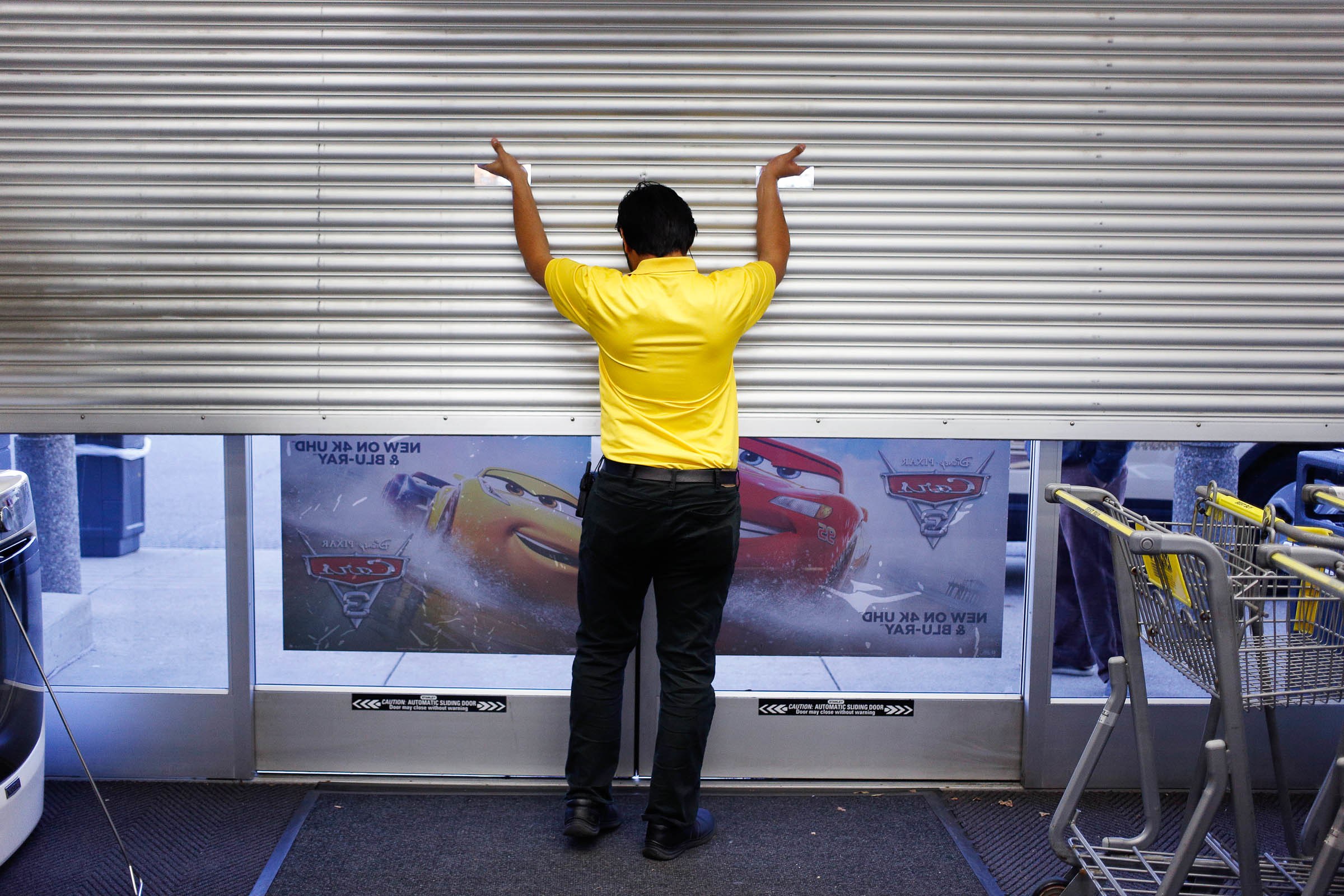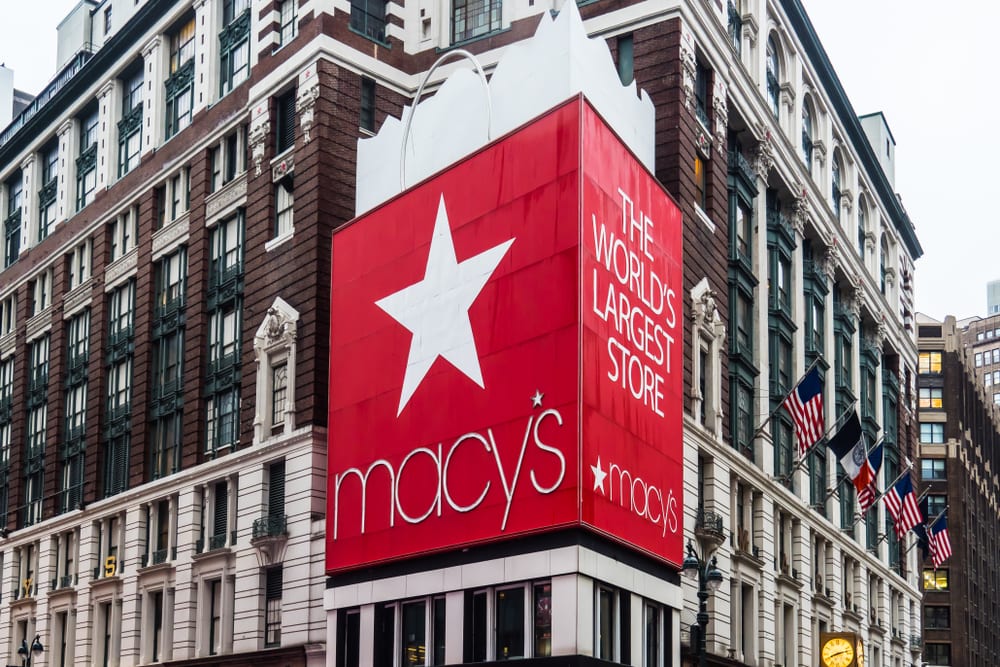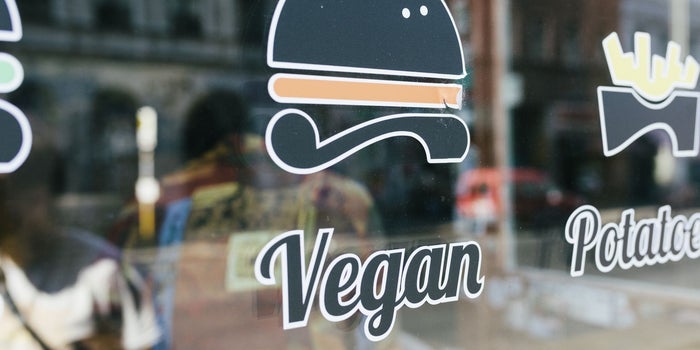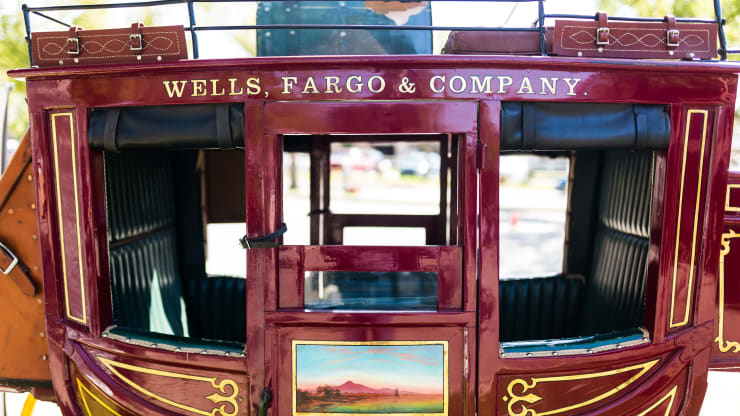ZACHARY KARABELL BUSINESS 12.11.2019 09:00 AM
Holiday season may be full of cheer, but it’s also a time of intense pressure for retailers, especially in electronics. More than 20 percent of annual sales for things such as televisions, phones, cameras, and games occur between Thanksgiving and Christmas. One likely beneficiary is a company that most assumed would be long gone by now, consumed by the retail holocaust that has seen so many once-proud chains go the way of Chapter 11. Far from facing extinction, Best Buy is poised for another year of solid growth. Its relative success stands in sharp contrast to the fate of retail in general, and its formula should serve as a reminder that retailing may be changing, but not everything will be ecommerce.
The tectonic shift from brick-and-mortar retail to online commerce has entered its middle phase. While ecommerce still accounts for little more than 10 percent of overall retail sales, those sales are growing roughly five times as fast as traditional stores; and if you factor out things like fuel and restaurants, ecommerce is more than 15 percent of total sales. So at some point in the coming years, ecommerce could become the majority of retail sales.
But Best Buy’s resurgence suggests that humans will continue to value the physical experience of stores—provided that stores offer a vibrant experience combined with a conduit to services consumers need and value. In a world where just about anything can be bought online and shipped to your door, stores that offer more ephemeral things that can’t be packaged in a cardboard box and that meet needs will find a brighter future than most expected even a few years ago.
In 2012, Forbes confidently declared “Best Buy is going out of business; it’s only a matter of time, perhaps a few more years.” Given the trends at the time, that was a reasonable conclusion. Its main competitor, Circuit City, had already closed its doors, and Best Buy was losing momentum fast; its stock had lost more than 40 percent of its value in a short time, and its market cap was below $10 billion. Its stores were looking increasingly sad, with a sales staff that was forced into untenable quotas and trained to sell rather than serve. And, of course, the drumbeat of Amazon was ever in their ears, drowning out Christmas carols even in the normally robust holiday season. Its holiday sales in both 2012 and 2013 actually declined year-over-year, which more than confirmed that the death knell was near. (READ MORE)




![[Funding Alert] Facebook, Others Back Edtech Start-Up Unacademy In $110 Mln Funding Round - deals in retail](https://dealsinretail.com/wp-content/uploads/2020/02/Funding-Alert-Facebook-Others-Back-Edtech-Start-Up-Unacademy-In-110-Mln-Funding-Round-deals-in-retail.jpeg)






